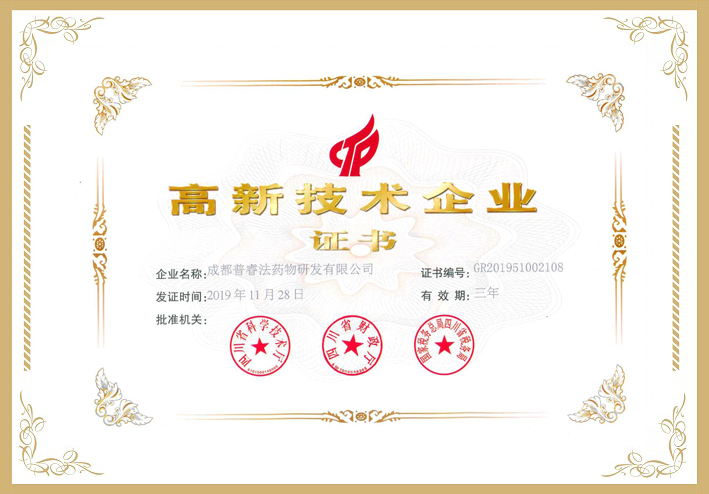Abstract
The noncovalent binding mechanisms between cyanidin-3-O-glucoside (C3G) and two main soy protein fractions: β-conglycinin (7S) and glycinin (11S) at pH 3.0 were investigated and compared. C3G modified the secondary structure of two fractions by increasing α-helix and random coil content while decreasing β-sheet content. The binding of C3G also altered the tertiary structure and microenvironment of two fractions, demonstrated by synchronous and three-dimensional fluorescence spectra. Additionally, C3G binding reduced the surface hydrophobicity and thermostability of both 7S and 11S. Moreover, the fluorescence quenching results showed that the binding of C3G to two fractions were spontaneous complexation processes driven by electrostatic forces. The number of C3G bound per protein molecule (n) was near 1. The binding constant (Ka) was 2.41 (±0.42) × 104 M−1 for 11S and 0.81 (±0.01) × 104 M−1 for 7S at 298 K. 11S showed a stronger binding ability for C3G than 7S. These findings contribute to the knowledge of interactions between soy protein fractions and dietary polyphenols under acidic condition, and are beneficial for the application of soy protein-based products in foods.
… 2. Materials and methods. 2.1. Materials. C3G (≥98%) was obtained from Chengdu Biopurify Phytochemicals Ltd. (Chengdu, China). Defatted soy flour was purchased from Shandong Yuwang Industrial Co., Ltd. (Yucheng, China) …























